Sazia Mahfuz
Generating Accurate Virtual Examples For Lifelong Machine Learning
Feb 28, 2023Abstract:Lifelong machine learning (LML) is an area of machine learning research concerned with human-like persistent and cumulative nature of learning. LML system's objective is consolidating new information into an existing machine learning model without catastrophically disrupting the prior information. Our research addresses this LML retention problem for creating a knowledge consolidation network through task rehearsal without retaining the prior task's training examples. We discovered that the training data reconstruction error from a trained Restricted Boltzmann Machine can be successfully used to generate accurate virtual examples from the reconstructed set of a uniform random set of examples given to the trained model. We also defined a measure for comparing the probability distributions of two datasets given to a trained network model based on their reconstruction mean square errors.
* 4 pages, Canadian AI GSS 2019
A Preliminary Study on Pattern Reconstruction for Optimal Storage of Wearable Sensor Data
Feb 25, 2023
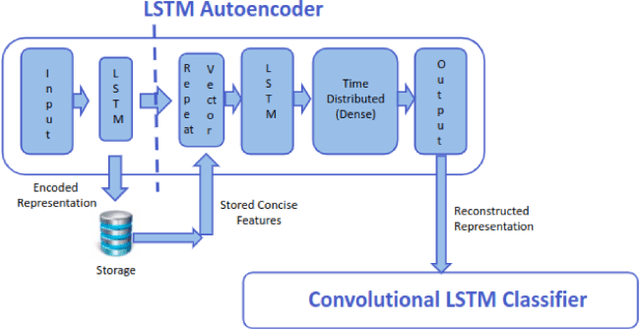

Abstract:Efficient querying and retrieval of healthcare data is posing a critical challenge today with numerous connected devices continuously generating petabytes of images, text, and internet of things (IoT) sensor data. One approach to efficiently store the healthcare data is to extract the relevant and representative features and store only those features instead of the continuous streaming data. However, it raises a question as to the amount of information content we can retain from the data and if we can reconstruct the pseudo-original data when needed. By facilitating relevant and representative feature extraction, storage and reconstruction of near original pattern, we aim to address some of the challenges faced by the explosion of the streaming data. We present a preliminary study, where we explored multiple autoencoders for concise feature extraction and reconstruction for human activity recognition (HAR) sensor data. Our Multi-Layer Perceptron (MLP) deep autoencoder achieved a storage reduction of 90.18% compared to the three other implemented autoencoders namely convolutional autoencoder, Long-Short Term Memory (LSTM) autoencoder, and convolutional LSTM autoencoder which achieved storage reductions of 11.18%, 49.99%, and 72.35% respectively. Encoded features from the autoencoders have smaller size and dimensions which help to reduce the storage space. For higher dimensions of the representation, storage reduction was low. But retention of relevant information was high, which was validated by classification performed on the reconstructed data.
Detecting Irregular Patterns in IoT Streaming Data for Fall Detection
Nov 16, 2018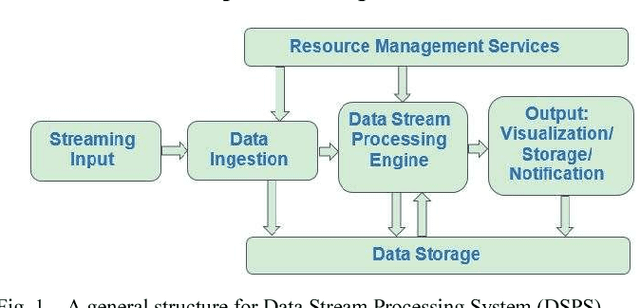
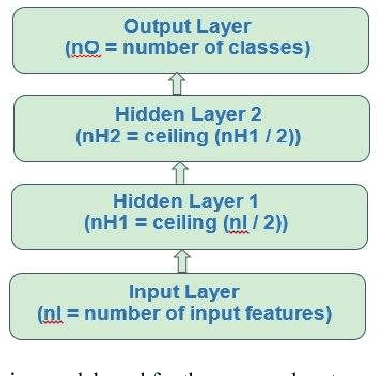
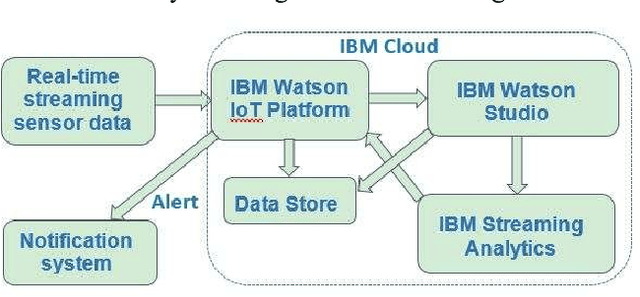
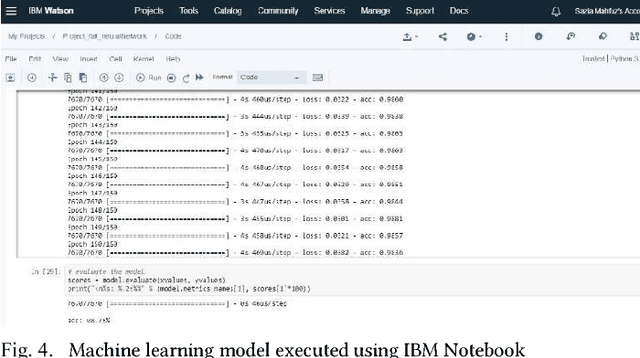
Abstract:Detecting patterns in real time streaming data has been an interesting and challenging data analytics problem. With the proliferation of a variety of sensor devices, real-time analytics of data from the Internet of Things (IoT) to learn regular and irregular patterns has become an important machine learning problem to enable predictive analytics for automated notification and decision support. In this work, we address the problem of learning an irregular human activity pattern, fall, from streaming IoT data from wearable sensors. We present a deep neural network model for detecting fall based on accelerometer data giving 98.75 percent accuracy using an online physical activity monitoring dataset called "MobiAct", which was published by Vavoulas et al. The initial model was developed using IBM Watson studio and then later transferred and deployed on IBM Cloud with the streaming analytics service supported by IBM Streams for monitoring real-time IoT data. We also present the systems architecture of the real-time fall detection framework that we intend to use with mbientlabs wearable health monitoring sensors for real time patient monitoring at retirement homes or rehabilitation clinics.
 Add to Chrome
Add to Chrome Add to Firefox
Add to Firefox Add to Edge
Add to Edge